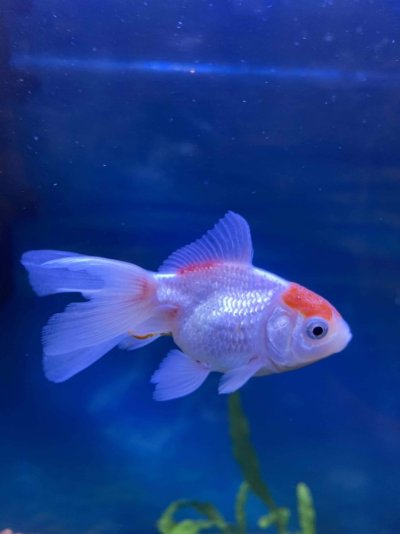I’m sorry, but I don’t agree here. I don’t think the tank is producing Nitrites faster than the system can handle,
He had an ammonia spike, and therefor will have a subsequent nitrite spike, because there isn’t enough beneficial bacterial.
It’s unlikely the nitrites will continue to be as high once the Nitrogen cycle is caught up and established. What the spike tells me, is the ammonia is starting to be processed, and the nitrates are being processed.
You need both to cycle, because it’s two processes involving different bacteria.
My concern is changing that much water that often is going to stress out the fish, and potentially do more harm than good.
Don’t get me wrong, Nitrites are bad, but a stressed-out, already I’ll fish is just as bad.
I maintain, don’t fead AT ALL, for 2-3 days, and feed very sparingly when necessary. Uneaten food will cause waste spikes also.
If you’re doing 25-30% a day, that will reduce those nitrites sufficiently, in a sufficient amount of time, as long as those beneficial bacteria are now doing their job.
If you decide to do double water changes to remove that nitrite faster, just be conscious of the fish, and do it in the most relaxed, calm, and gentle way possible.


